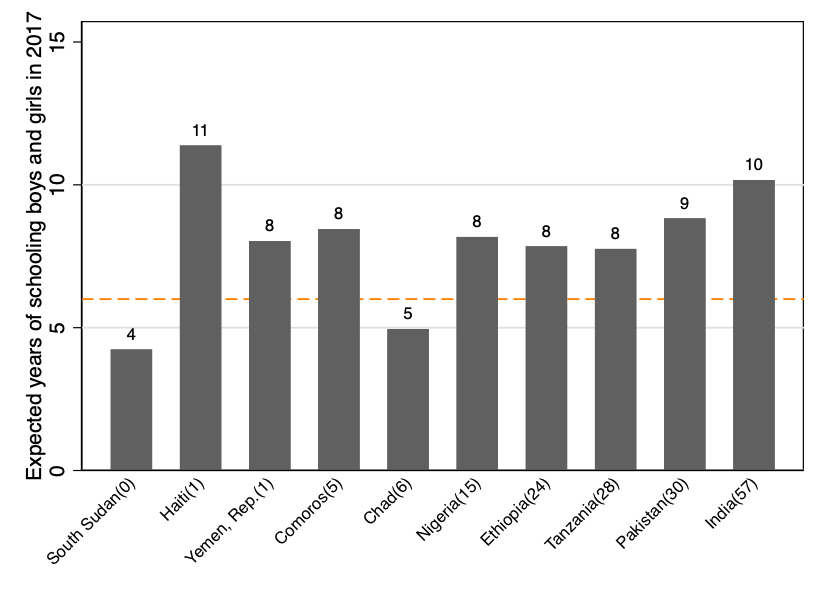Marla Spivack
World Bank
Blog
As part of the Building State Capabilities (BSC) program’s new work with RISE, the BSC team is thinking about how organizations in civil society and government can learn, innovate, and build capability to deliver learning.
At BSC, when we talk about innovation we don’t mean adoption of new tech gadgets or fancy data systems (though those could be innovative), we mean the successful adoption of new ways of work that solve a problem an organization is facing.
Problem Driven Iterative Adaptation (PDIA) is an approach to tackling complex development challenges developed by the Building State Capability (BSC) Program at Harvard’s Center for International Development. The PDIA approach starts from the problem and emphasizes that only through a deep understanding of its root causes can solutions be developed to address it. Too often, development interventions start with a solution in mind rather than an understanding of the problem. This pitfall is especially dangerous in sectors that have succeeded in addressing logistical problems and now need to turn their attention to complex problems. The ways of working that delivered success in logistical problems may not be able to solve complex, frontier challenges. This is precisely the case in international education.
Figure 1 below is a striking example of one of the greatest achievements in development in the last 30 years: the expansion of schooling access and attainment. In 2017, even in some of the least capable countries in the world, the average child can expect to complete primary school. Expected levels of schooling in some of the least capable states are similar to expected schooling levels in much more capable developing countries.
Figure 1. Even in some of the least capable countries in the world, children can expect to complete primary school. Levels of schooling expected in 2017, countries ordered by their percentile rank on Government Effectiveness

This success should be celebrated. But, as RISE team members (including me) have argued before, more business as usual activities and spending won’t be enough. The same policies, programs, and practices that delivered this success in schooling expansion will not solve the learning crisis. That is because the problems that need to be solved to expand schooling are analytically different from the problems that need to be solved to deliver learning. To deliver schooling, governments and other organizations needed to solve logistical problems: building schools, hiring teachers, procuring and distributing textbooks. However, delivering schooling with learning requires organizations to also solve complex problems: enabling effective teaching practices across the system, determining whether individual children are understanding material and responding, managing classroom processes.
PDIA could be a useful tool for solving the complex problems that underlie the learning crisis. It can help teams put aside preconceived ideas about possible solutions, which are unlikely to be successful to solve the problems underlying the learning crisis, even if they are able to solve logistics of school expansion, and focus instead on developing a better understanding of the complex problems they are trying to address, before acting.
More than 1,200 development practitioners in over 87 countries have completed the PDIA online course, and several of them worked on tackling problems in the education sector. A few of these teams have written about their PDIA learning journey on the BSC blog. A team from reAccion Paraguay used PDIA in their work improving management of finances for education infrastructure; teams from INOVASI in Indonesia are using PDIA to understand and address the learning crisis there; and a team from the Ecuadorian National Secretariat of Higher Education and Technology has used it to consider the problem of access to higher education.
There are many other examples when PDIA or the principles underlying the PDIA approach have been applied in education. Over the coming months, we will be reviewing these examples to develop a better understanding of how the approach is being applied in education, what these experiences can teach us about innovation for delivering learning, and how the PDIA approach can be modified and augmented to be even more useful to practitioners solving the complex problems that underpin the learning crisis.
RISE blog posts and podcasts reflect the views of the authors and do not necessarily represent the views of the organisation or our funders.